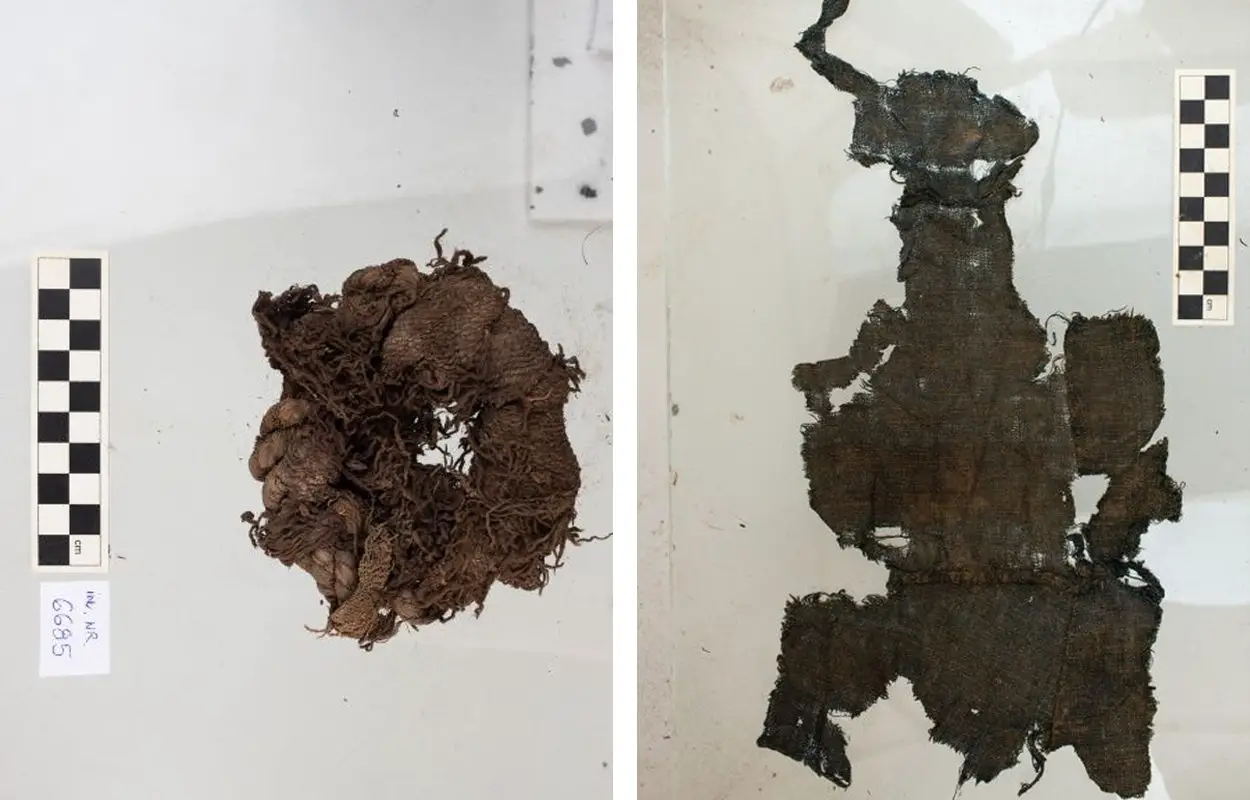A study by archaeologists from the University of Warsaw has found that the inhabitants of Old Dongola recycled clothes due to the high expense and time-consuming nature of fabric production.
Old Dongola was the capital of the Nubian kingdom of Makuria, located in the Northern State of Sudan on the eastern banks of the River Nile.
The kingdom emerged in the 5th century AD following the collapse of the Nubian Kingdom of Kush. Makuria reached its zenith between the 9th and 11th centuries AD, encompassing a territory that stretched from the Third Cataract along the Nile River to below Abu Hamad, as well as certain regions of northern Kordofan.
Old Dongola was founded in the walls of a 5th century fortress after the early rulers of Makuria moved the capital from Napata. A major urbanised town developed around the fortress walls, along with palaces, public buildings, churches, and a royal residence, serving as an important departure point for caravans west to Darfur and Kordofan.
A recent study by the University of Warsaw examined fabrics dated from between the 17th and 18th centuries when the city was in decline. The study, published in the journal Archaeometry, conducted a chemical analysis of 17 fabric samples that revealed evidence of textile recycling, providing new insights into the inhabitants’ lifestyles, material production, and clothing customs.
According to Dr. Wożniak from the University of Warsaw: “It must be made clear that the people of Old Dongola loved recycling. They were aware of the value of the material and tried to use it as much as possible.”
“Before industrialisation, fabric production was a very time-consuming activity. Once people had gone through this whole process: growing the cotton, harvesting it, spinning it, putting it on a loom, weaving it – they used the fabric for the last possible use. So first it was used as clothing, then it was used for patches or rags, sometimes it served as a blanket, and sometimes as a plug in the wall to protect against the wind. So we find these fabrics in a very worn form,” added Dr. Wożniak.
The majority of garments were made from wool, albeit of a slightly lower grade compared to the modern standards used in clothing. In Sudan, sheep were primarily raised for milk and meat, with wool production serving as a secondary product which accounts for the inferior quality.
Header Image Credit : Mateusz Rekłajtis PCMA UW
Please take a second to click on the advert below. That one click helps to fund our journalism and enables us to continue providing articles on our platform completely FREE.





